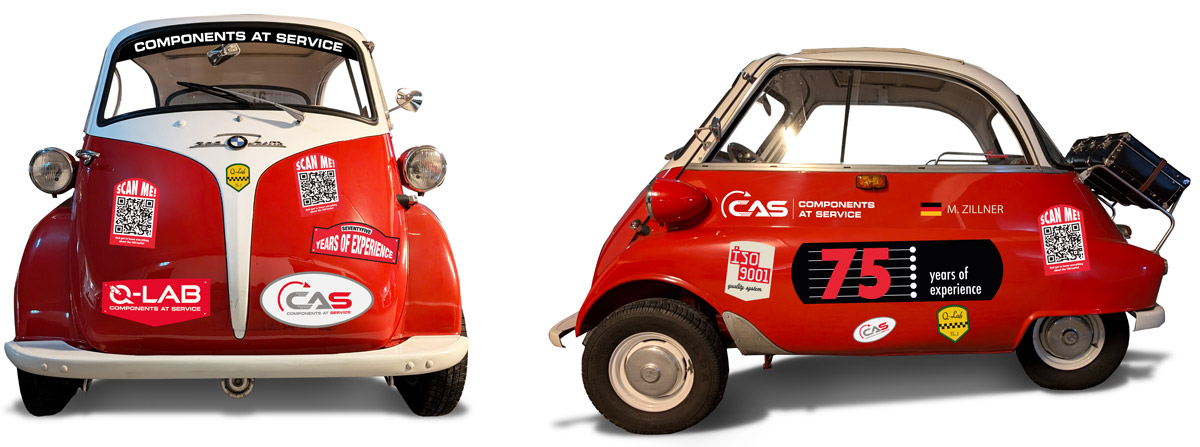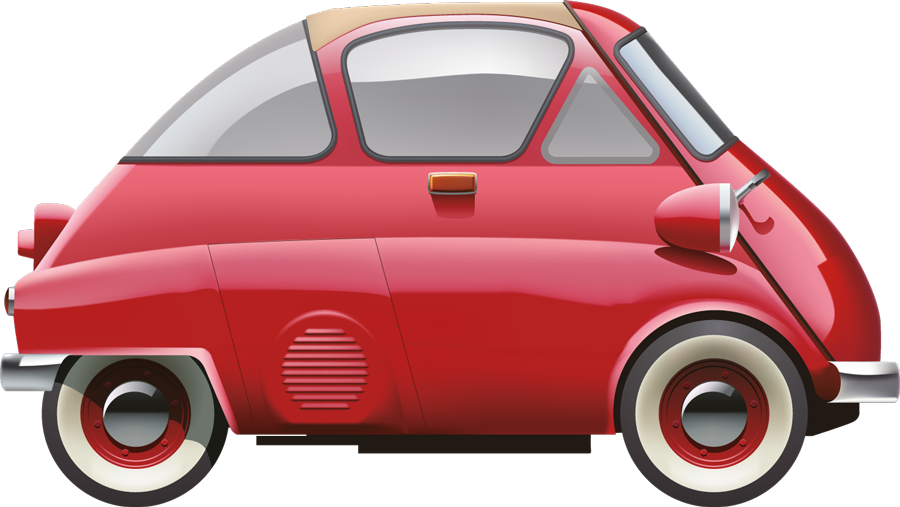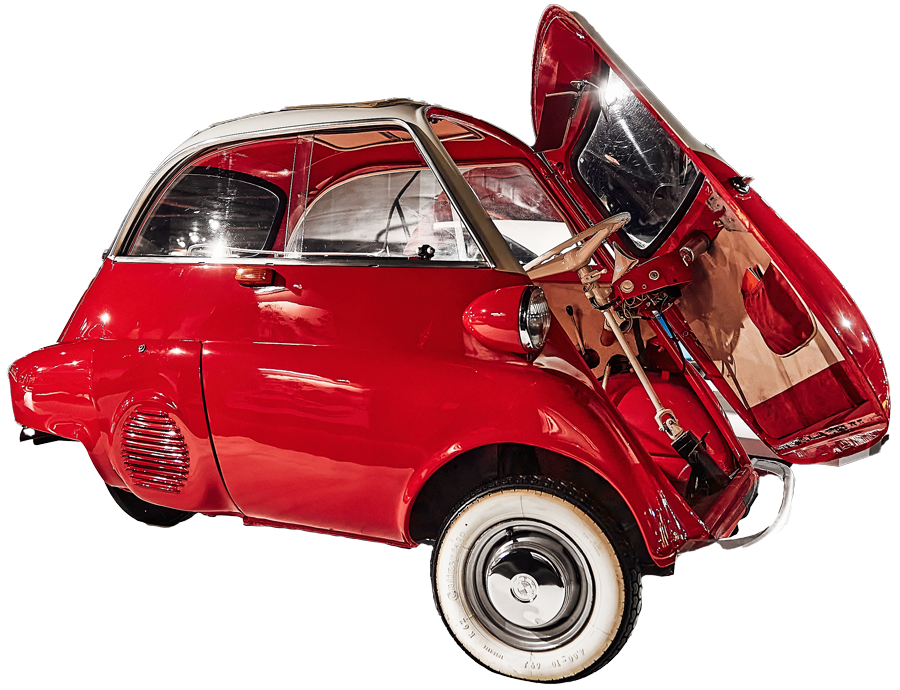The Little Sphere that Moved Big Things
How a BMW Isetta Inspired Components at Service
The BMW Isetta revolutionized the automotive market in the 1950s. From 1955 to 1962, over 160,000 units rolled off the production line. With just a 300 cc engine and 14 horsepower, it set new standards: minimal fuel consumption, clever use of space, and German engineering excellence made it the ideal city car of its time.

A Rolling Philosophy
When Martina Zillner discovered the red-and-white Isetta at a vintage car show, she saw in the small vehicle the perfect embodiment of her company’s values at Components at Service (CAS). The reliability that helped BMW navigate challenging times, the efficient use of resources, and adaptability—these qualities are at the heart of CAS’s philosophy.
A Symbol for the Future
Today, the Isetta stands in the CAS headquarters as a daily inspiration. It serves as a reminder that great achievements often start small, that innovation and tradition are not opposites, and that true quality is timeless.

From Cult Car to Future-Driven Vision
Following in the Isetta’s tradition, CAS today guides its customers into the future of electronics. As an independent distributor, the company merges technical innovation with business foresight, building partnerships that go beyond ordinary business relationships.

Profile of the BMW Isetta
- Manufacturer: BMW
- BMW Production Years: 1955–1962
- First Registration: July 1960
- Colour: Red / White
- Fuel Type: Petrol
- Engine: Single-cylinder four-stroke engine
- Displacement: 300 cc
- Power: 10 kW (14 hp)
- Top Speed: 85 km/h
- Fuel Consumption: Approx. 3-4 litres per 100 km
- Seating Capacity: 2
- Unique Feature: Entry through the front door
- Units Sold Worldwide: Over 160,000
- Current Estimated Worldwide Survivors: Only a few thousand
- Original Price in Germany: About 2,550 DM; adjusted for inflation, this would be approximately 11,000 to 12,000 Euros today.
The number of electronic components in the Isetta is estimated to be around 10 to 20, including: ignition coil, capacitor, fuses, switches (for lights, ignition, etc.), relays (for indicators and starter), light bulbs for illumination, wiper motor, and battery.
Modern electric vehicles typically contain thousands of individual electronic components across various assemblies. An electric Isetta could be estimated to contain between 3,000 and 5,000 electronic components.
Modern electric vehicles typically contain thousands of individual electronic components across various assemblies. An electric Isetta could be estimated to contain between 3,000 and 5,000 electronic components.
Location
Keltenring 15
82041 Oberhaching
